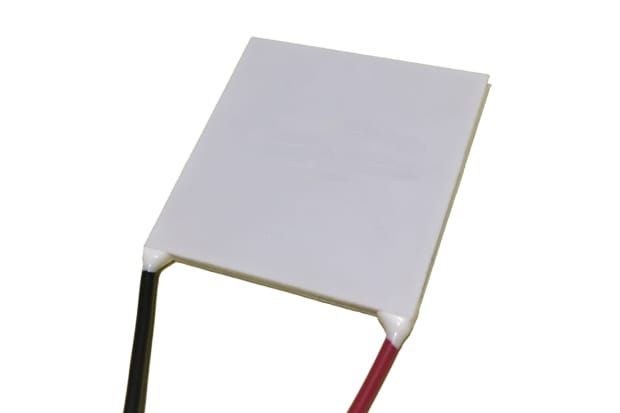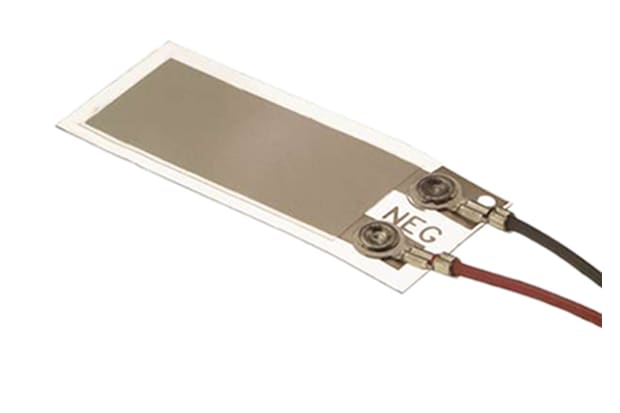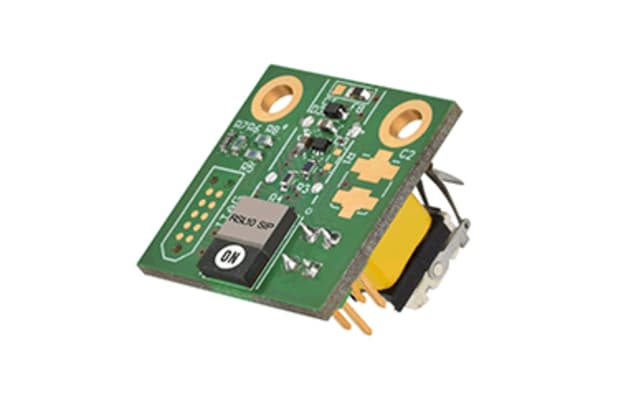- Published 17 Jan 2023
- Last Modified 12 Feb 2024
- 6 min
Energy Harvesting for IoT Devices

Published December 2021. Last Updated January 2022
What is Energy Harvesting?
Energy harvesting technologies consist of collecting small amounts of energy from our environment – such as light, heat, sound, radio waves, vibrations, and movements – and converting that energy into an electrical source.
Energy harvesting is not a new solution. Designers have been interested in it ever since the first electronic components and transducers converting energy into electricity appeared - like photovoltaic cells and Peltier modules. However, it rarely found its way into practical applications, for two reasons; its efficiency was limited, and the recovered energy was difficult to store.
Driven by the emergence of the Internet of Things (IoT), recent advances in the use of integrated circuits now offer new potential. Energy harvesting was negligible compared to circuit use – until now. Today, state-of-the-art components mean that we can feasibly consider energy harvesting to significantly improve the energy efficiency of an application or to simply eliminate the use of cells or batteries in certain devices, such as IoT wireless sensor nodes.
Energy harvesting can be a key asset for a new application's acceptance rates:
- Reduced maintenance work as there are no batteries to replace
- More environmentally friendly through eliminating the use of batteries
- New prospects for applications in remote or underwater sites
- Reduced operating costs
How Does Energy Harvesting Work?
No matter how much energy is collected, the capture and conversion process is essentially the same. It consists of four elements:
- Transducer to convert energy into electricity
- Signal processing circuit (signal alignment and amplification)
- Storage component (supercapacitors)
- Power management unit to optimise recovery by controlling how the storage component is charged and discharged

What are the Most Promising Types of Energy?
Our environment provides several energy sources that are rarely utilised. Some are very promising due to their abundance in the environment, such as light, vibrations, radiofrequency waves and heat sources. Let's go through each possible energy harvesting system in more detail:
Natural or Artificial Light
Technology based on the photovoltaic effect enables us to capture and convert the energy of the sun or artificial light. It is now the most advanced method of energy harvesting despite a relatively low yield of no more than 20%. It currently offers a power-to-surface area ratio of up to 100mW/cm2. Research into improving efficiency and opening new possibilities is still thriving. New materials such as amorphous silicon (aSi) and copper indium selenide (CIS) have emerged in recent decades. They offer more advantageous mechanical properties and are less expensive than polycrystalline and monocrystalline silicon which compromise efficiency.
This technology is commonly used to power sensors in hostile environments. In this specific case, the solar panel measures a few square centimetres. Most of the energy it provides is down to the photovoltaic effect. This technology can be used indoors, but its effectiveness is 1,000 times lower. Amorphous silicon is the most suitable material.
Vibrations
Vibrations are present in many environments, especially in industry. Ambient vibrations are found everywhere in factories, and this is a real opportunity to implement the industry of the future (Industry 4.0), which requires the use of a vast number of sensors. Vibration-to-electricity conversion can be carried out based on four types of sensors - electromagnetic, electrostatic, magnetostrictive and piezoelectric.
With a power-to-surface ratio of 100μW/cm2, the harvest of vibration energy is feasible in many other fields. Here are some examples:
- Harvesting kinetic energy from the human body to power wearable devices
- Harvesting energy from the action of key-pressing to provide the electrical source needed to operate a remote control
- Powering sensors around railway tracks using the vibrations created at train crossings
Radio Frequency Waves
There are countless radio frequency waves in the environment, with just as many opportunities to harvest energy from them. Again, the use of RF energy to power small devices is not a new phenomenon. RFID (Radio Frequency Identification) is a practical example, having been around for several years now. This system works based on electromagnetic energy transfer.
In recent years, the presence of radio frequencies has increased tenfold with the arrival of cellular and Wi-Fi telecommunications. This available energy source has huge potential and the manufacturers of integrated circuits have picked up on the interest. They now offer reception circuits designed to collect this energy, converting RF signals into DC electrical signals. Rectenna modules (antenna/rectifier) offering RF to CC signal conversion are manufactured specifically for this purpose.
Of course, this type of energy recovery is a potential resource for ultra-low-power consumption applications and a backup source for more demanding designs. We can hope to obtain 1 microwatt of power, for example, by recovering the energy from a 1W transmitter placed at a distance of 1 metre.
Thermal Power
There is a considerable amount of heat sources in the environment around us. Main sources are related to human activity like electronic devices, motors, and the heating of mechanical systems. All this energy could be converted into electricity using thermoelectricity.
Thermoelectric technology is based on the Seebeck and Peltier effects, material-joint forces discovered in the 19th-century. The first practical applications came to market in 1950 but their low yield prevented further development. However, energy efficiency concerns in recent decades have breathed new life into research.
Small steps have been made recently, including the discovery of new materials that improve conversion efficiency based on lead telluride nanostructures. However, these heavy metal materials are fragile, rare, and expensive. As a result, research continues to look for low-cost alternatives. As with other sources, though, the low consumption of circuits offers new potential:
- Capturing the temperature of the human body to power wearable objects, connected watches, or connected medical devices like pacemakers
- Powering various sensors using the heat released by vehicles
A Promising Future
Connected objects are set to become more popular in the coming years. However, we will only be able to use them if these circuits can draw their energy from their operating environment. In the meantime, amidst further advances in conversion efficiency, electronics and semiconductor manufacturers are offering ever more economical circuits and potential multi-source energy recovery management solutions to increase the energy efficiency of IoT applications.
Now, energy harvesting is no longer a source of frustration for electronic application developers who want to minimise the energy impact of their designs.
Related Products
Peltier Modules
Peltier modules use the Seebeck effect to create a flow of heat between the connecting points of two different types of materials.
Vibration Sensors
Also known as piezoelectric sensors, these are versatile tools for measuring various processes.
Solar Panels
The advantage of this type of energy source is that it is clean and generates no pollution or greenhouse gas emissions.
Development Kits
The Bluetooth low power consumption kit is a complete reference design for energy harvesting applications.
Where to Next?
Related links
- STMicroelectronics Battery Charger, Energy Harvesting for SPV1050
- Texas Instruments Power Management IC Development Kit Energy...
- Batteries Not Included: Wireless Sensor Solutions
- Energy Harvesting: Operating a Wireless Switch
- MikroElektronika Qi Receiver Click Energy Harvesting Add On Board...
- Building for the future
- Maintaining Energy Efficiency in Industry
- Condenser Microphone Components





